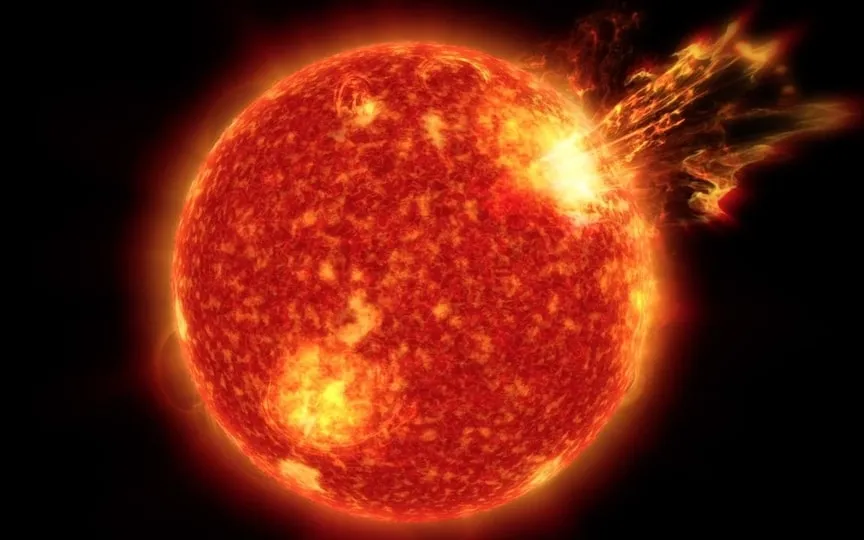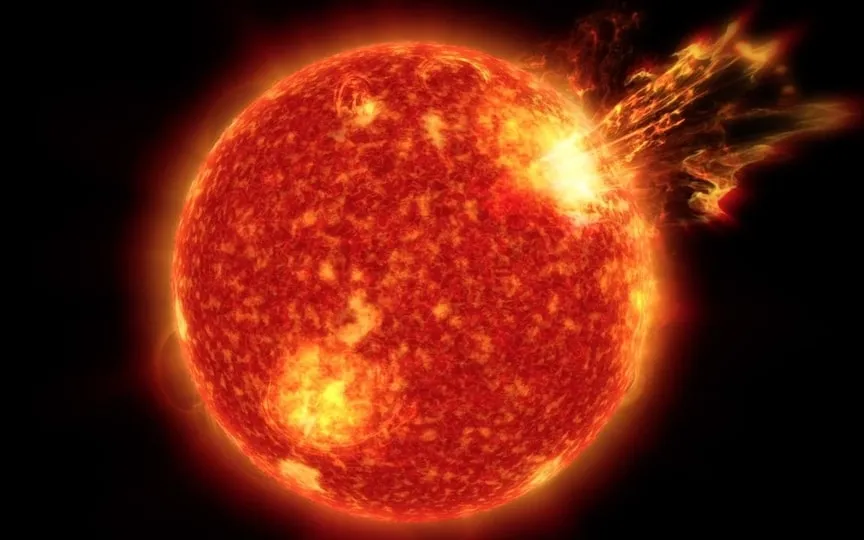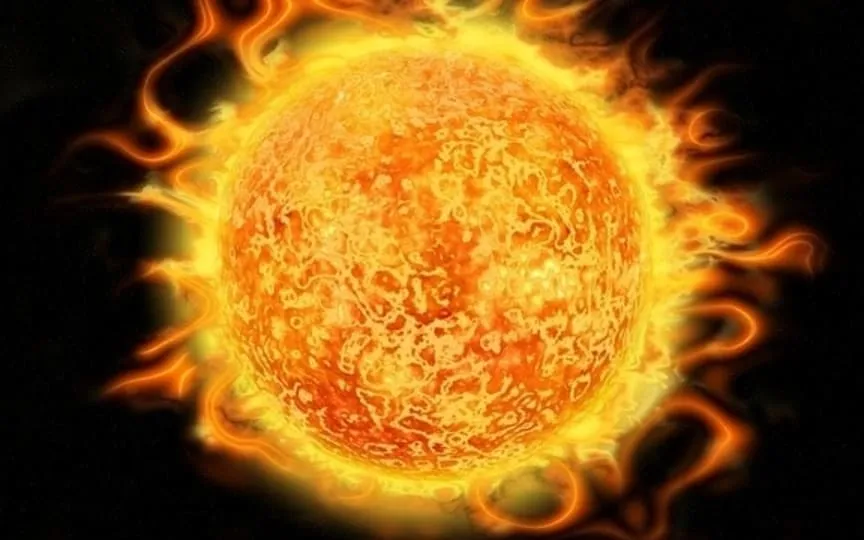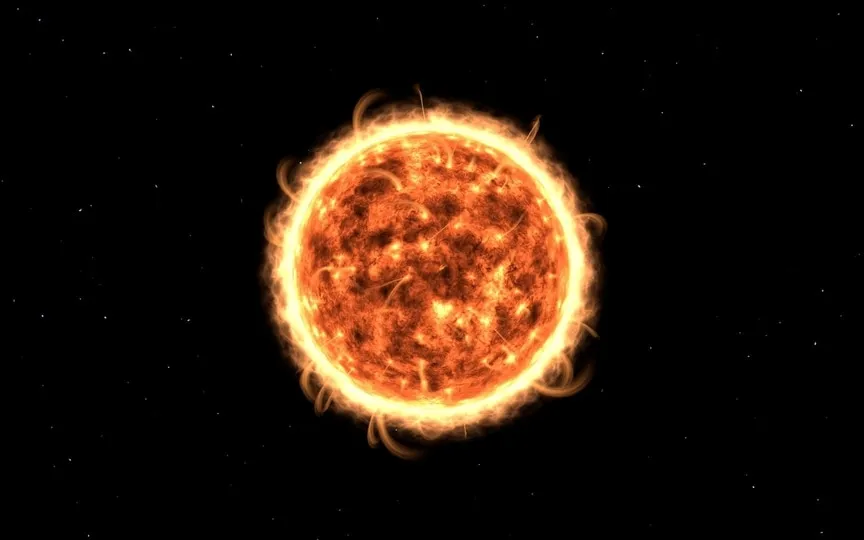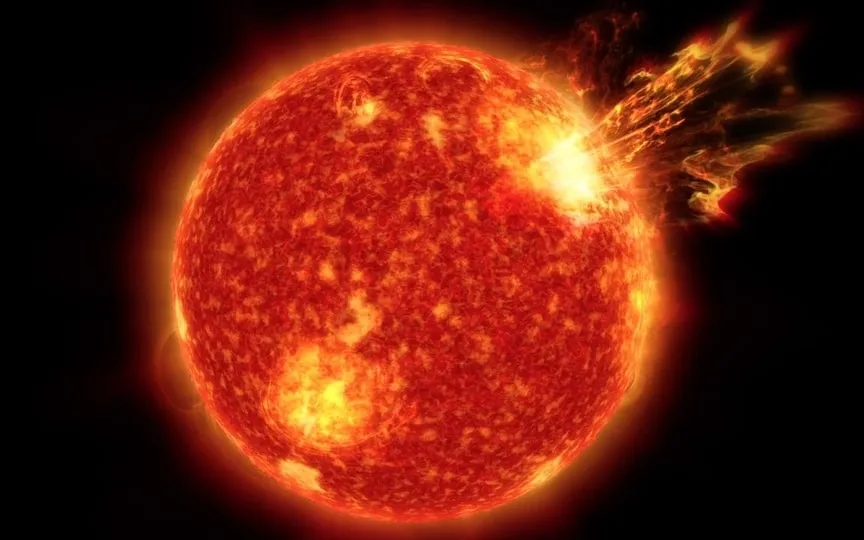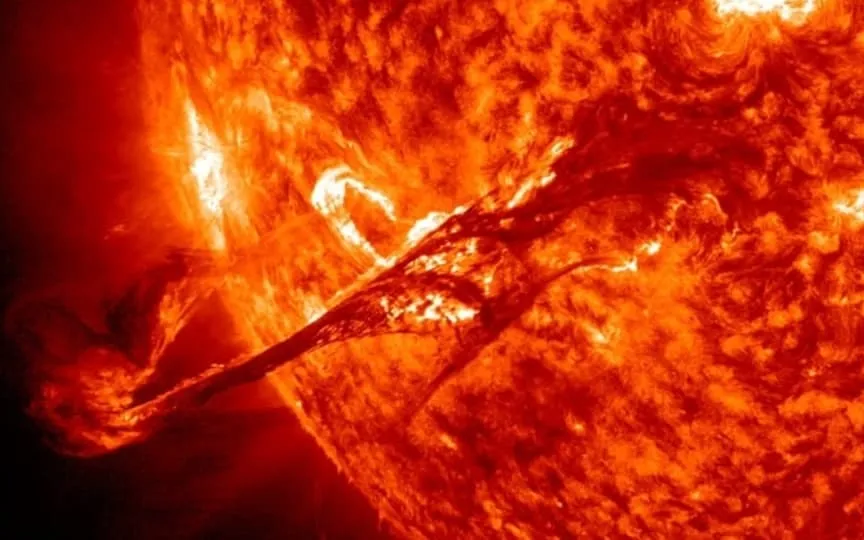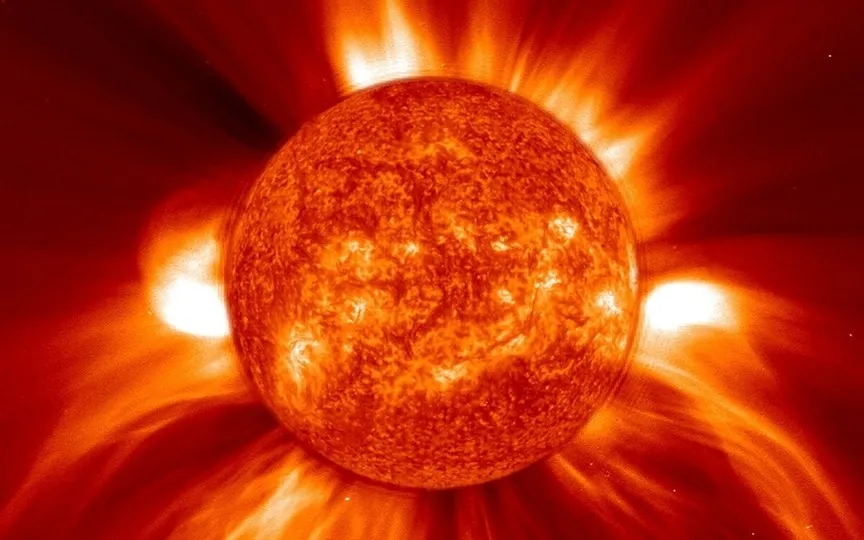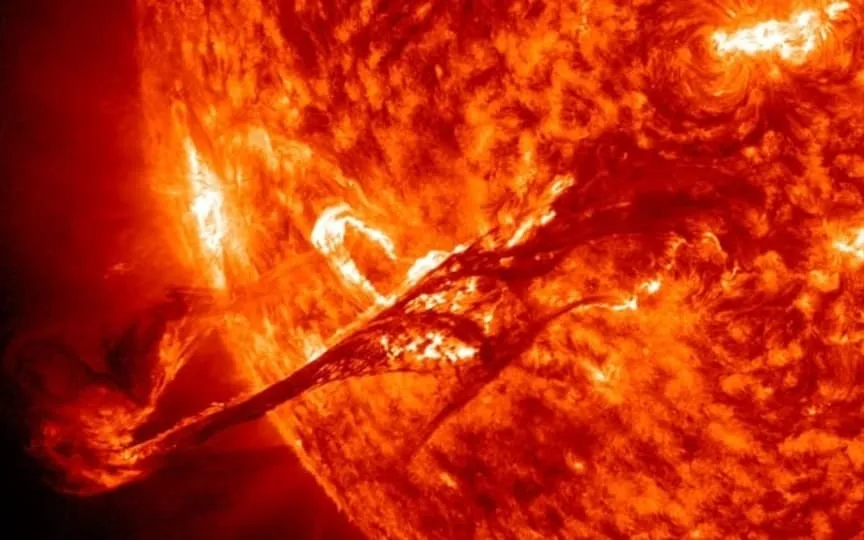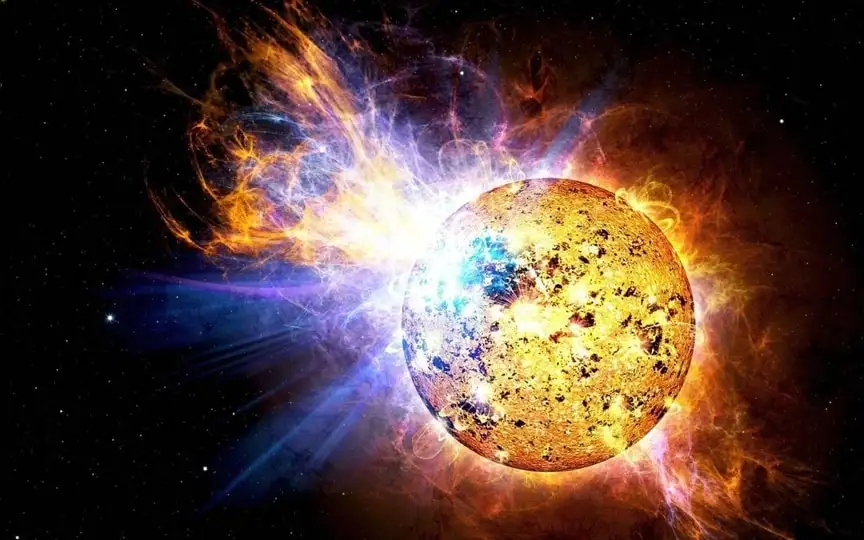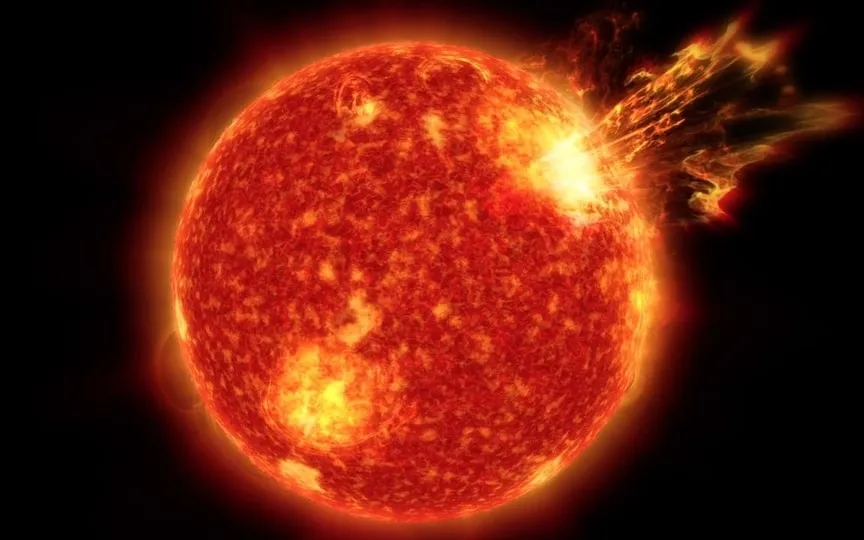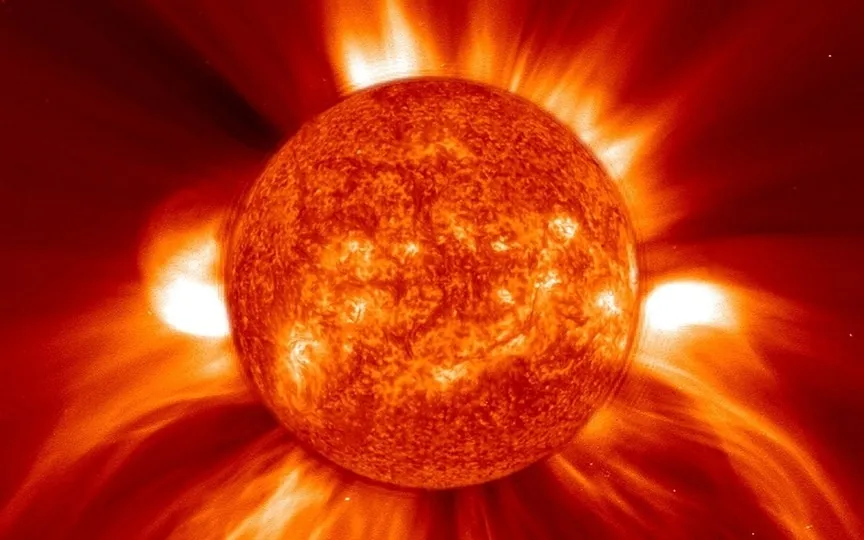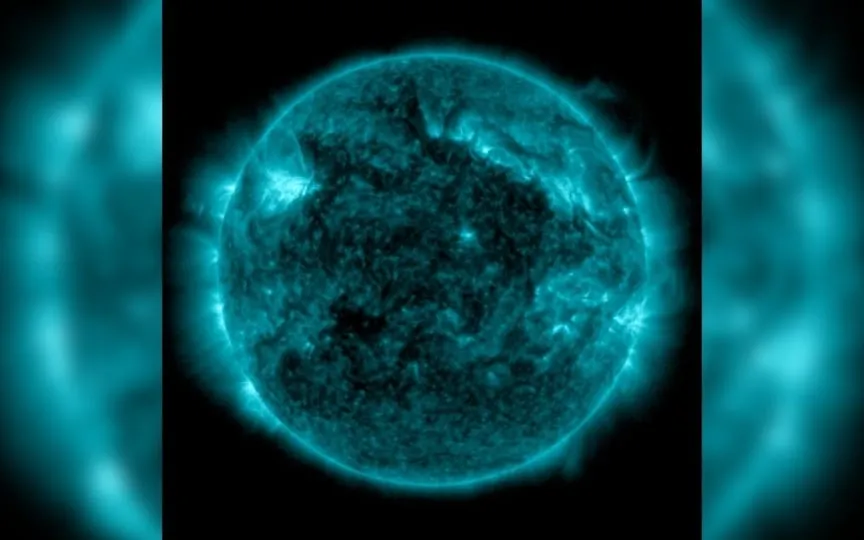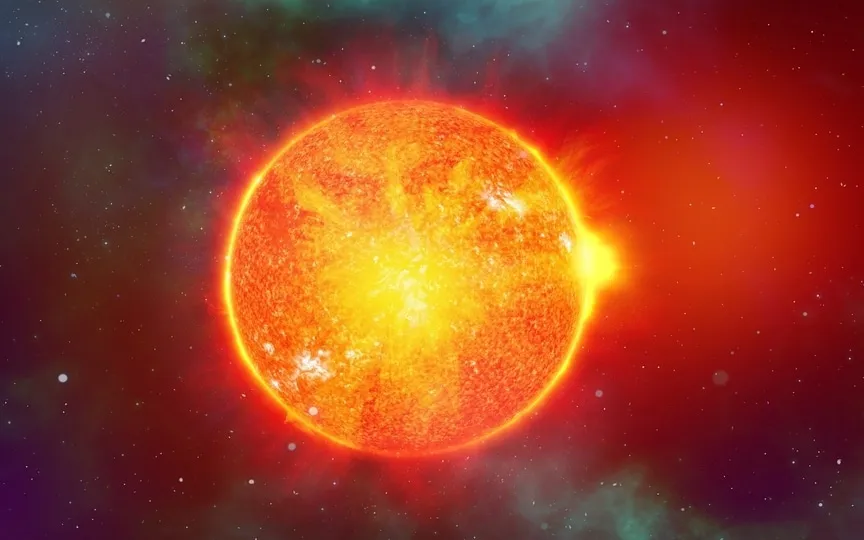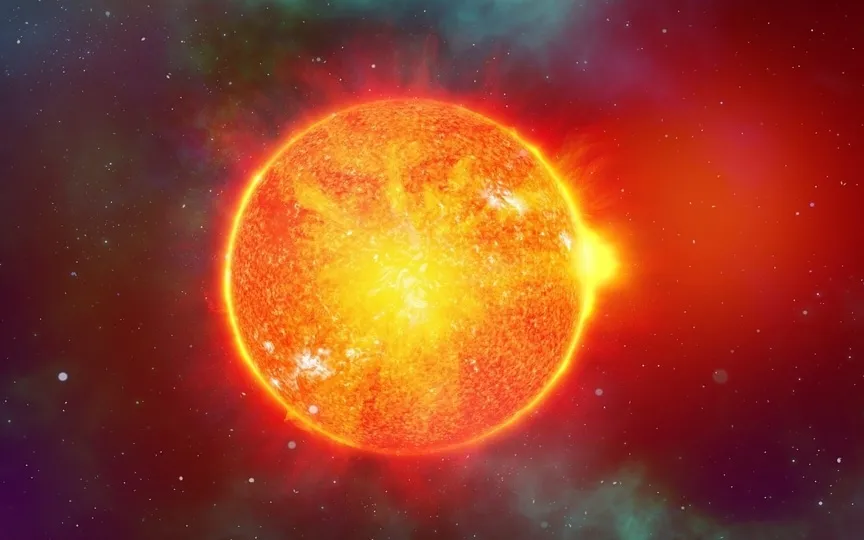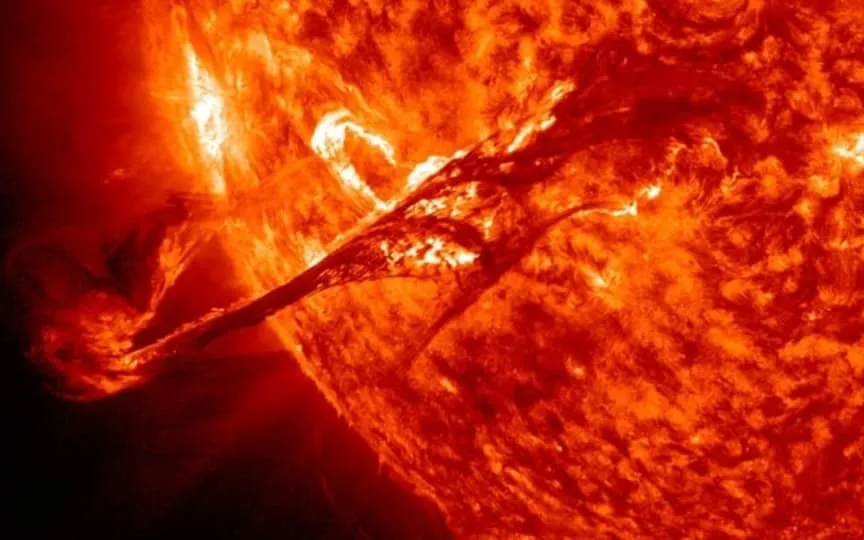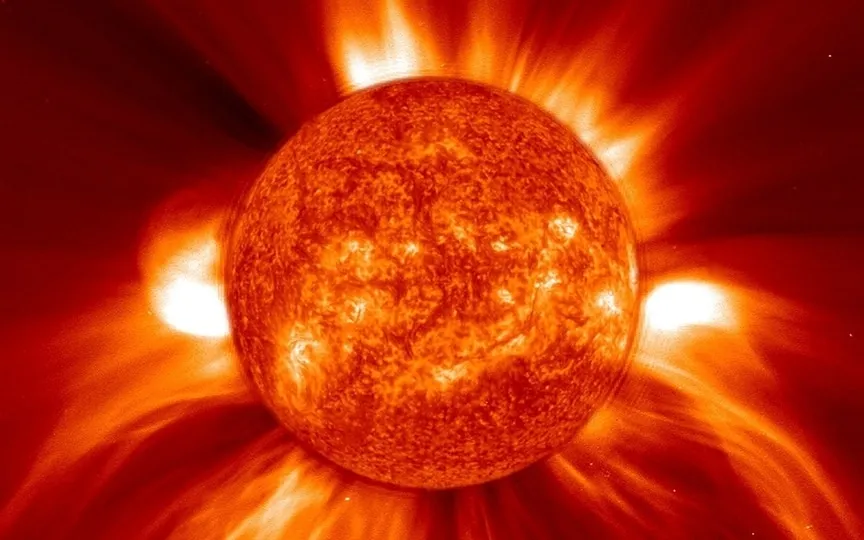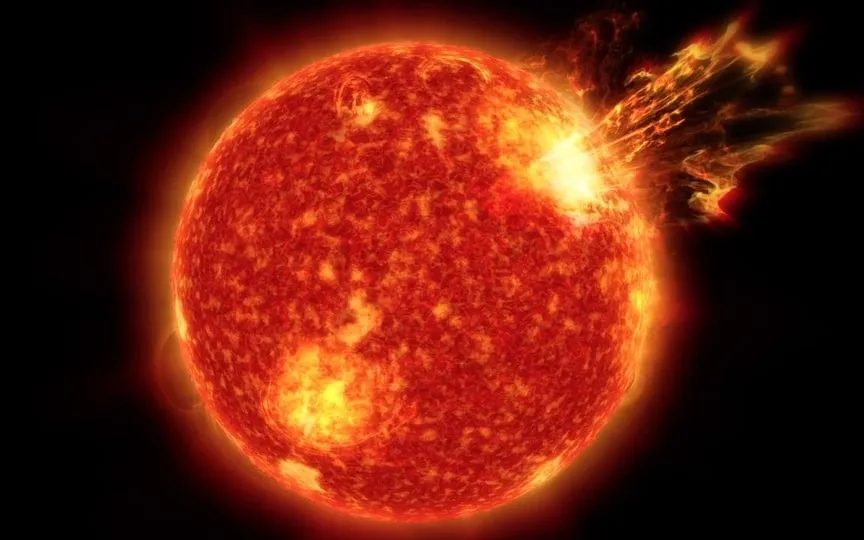Alert issued for geomagnetic storm as solar wind could trigger solar storm, causing auroras near the Arctic Circle
Recently, there has been a rise in both the frequency and strength of geomagnetic storms, possibly linked to the upcoming peak of solar cycle 25. This surge in solar activity may lead to more frequent and intense solar storms, geomagnetic storms, CMEs, and solar flares. As a result, forecasters have issued a geomagnetic storm alert in anticipation of approaching solar winds. Geomagnetic storm alert According to a Space Weather report, National Oceanic and Atmospheric Administration (NOAA) forecasters have revealed that a stream of solar wind is heading toward Earth and…
Read More
